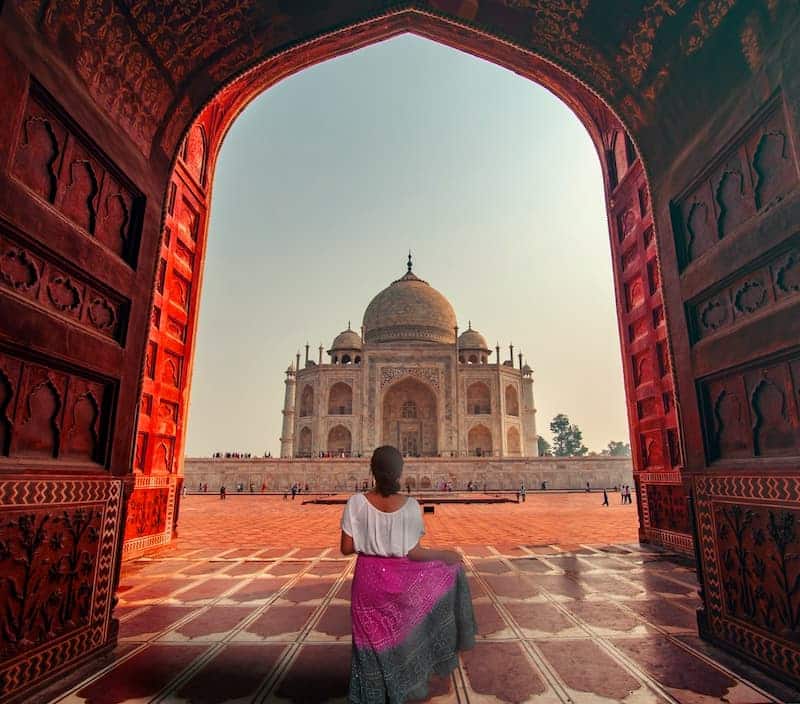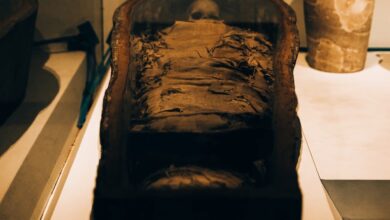India’s Taj Mahal
The Taj Mahal is one of the most amazing buildings on Earth. Come and explore it with Geography Scout.
Table of Contents
ToggleDon’t wait. The time will never be just right!
What we inherit from our ancestors and the past is referred to as heritage. India is a country with many different cultures and traditions. Our country is home to people of many caste, faiths, and creeds. Because of the significant number of religious groups that live in India, the country’s heritage and culture are diverse and vibrant. Every society has its own set of traditions and rituals that it passes down to the next generation.
Each ethnic group in the country has its own story to tell about its origins and its own set of traditions and culture. They have all played a role in shaping Indian history and culture. India has developed into a separate geographical entity as a result of natural forces.
India’s Taj Mahal
The Taj Mahal is widely regarded as one of the most magnificent structures ever constructed. Agra, India, the magnificent marble structure is a mausoleum, a lasting memorial to a husband’s love for his beloved wife. It’s also a lasting tribute to a mighty empire’s aesthetic and scientific achievements.
The Taj Mahal is regarded as the finest example of Mughal architecture, a blend of Indian, Persian, and Islamic forms, due to its harmonious proportions and fluid incorporation of decorative elements. Other features include beautiful gardens, a museum, and twin mosque complexes (positioned symmetrically on either side of the mausoleum). Millions of people visit the Taj Mahal each year, making it one of the world’s most famous structures. In 1983, the complex was named a UNESCO World Heritage Site.
The Taj Mahal is widely regarded as one of the most magnificent structures ever constructed
This magical place is a must do for anyone who loves history, architecture and travel. The amazing skills used to build this place is something very special.

History of Construction
It was created in honor of Mughal Emperor Shah Jahan’s wife, Mumtaz Mahal, with work beginning in 1632 AD and ending in 1648 AD, with the mosque, guest house, and the main gateway on the south, and the outer courtyard and its cloisters added later in 1653 AD. The complex’s blueprints have been assigned to several different architects from the period, although the principal architect was most likely Ustad Amad Lahawr, an Indian of Persian heritage.
Interesting Facts about Taj Mahal
The Taj Mahal’s history is far more fascinating than what we have heard and read for years. Following are some interesting facts about the Taj Mahal.
- The Taj was adorned with around 28 different varieties of precious and semi-precious stones sourced from Tibet, China, Sri Lanka, and various places in India.
- The Taj Mahal was built with materials sourced from all around India and Asia. Over 1,000 elephants were used to deliver construction materials.
- The four pillars, or minarets, are slanted outwards rather than standing straight if you look closely. It was built in this manner to safeguard the main tomb (gum bad) from being destroyed by the toppling of minarets on it in the event of a natural disaster such as an earthquake.
- If the Taj Mahal had not been built on the Yamuna River, it would have collapsed. The Taj’s foundation is composed of wood, which isn’t known for its stability. So you can see how the wood would have weakened over time, but because of the Yamuna River, the wood has remained strong and moist until this day.
- The Taj Mahal’s architecture fully exemplifies and shows early Mughal designs, which blend Indian, Persian, and Islamic design traditions.
- The writing on the Taj Mahal’s walls is primarily taken from the Quran Sharif’s holy book. The verses are written on the Tombs of Queen Mumtaz Mahal and Emperor Shah Jahan, in addition to the Taj Mahal’s walls.
- The marble stones that were used in the construction came from various locations and countries. The translucent white marble was purchased in Makrana, a well-known marble-producing region in Rajasthan. Pearl and Crystal were imported from China, Jasper was imported from Punjab, Lapis Lazuli was imported from Afghanistan, Carnelia was acquired from Arabia, and Turquoise was imported from Tibet.
- Daffodils, roses, and fruit trees abound in early reports of the Taj Mahal’s original garden. By the end of the nineteenth century, the British Empire had taken control of three-fifths of India, and they had transformed the landscaping to their liking, which resembled London lawns.
- Inside the Taj Mahal, Lord Curzon’s name is engraved on a lamp. The exquisite copper light, which weighs roughly 60 kg, is positioned beneath one of the royal gates, where tourists get their first look at the Taj.
- The Taj Mahal, one of India’s most visited and stunning monuments, receives around 4-8 million tourists each year. On some days, over 40-50 thousand people arrive to photograph the famous sight of this beautiful structure.
- Depending on the amount of light and the passage of time, the Taj changes color. The Taj would seem pinkish in the morning, milky white in the evening, and golden in the moonlight in this manner. You’ve probably noticed it if you’ve ever visited the Taj Mahal. If not, keep that in mind the next time you go.
If you loved reading about India’s Taj Mahal, you will enjoy our article about Why Do We Celebrate The Festival Of Holi?








